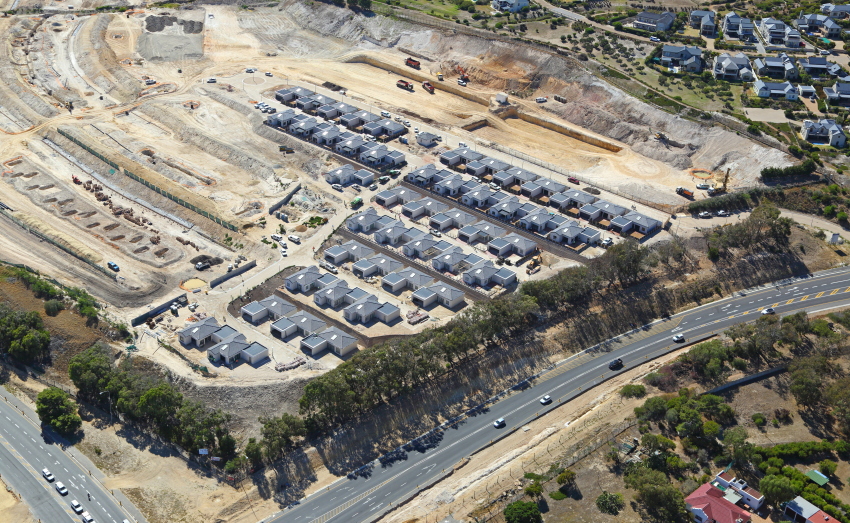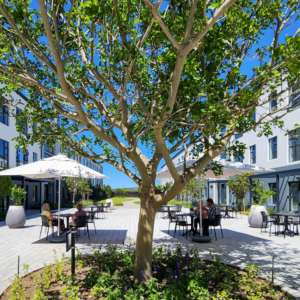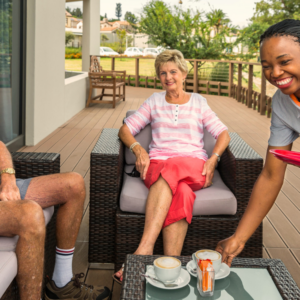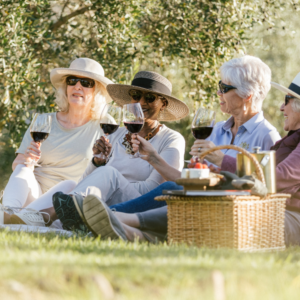
A looming new housing crisis
Already at grave levels in the Western Cape, the shortage of housing could soon hit a new crisis: accommodation for the elderly.
The number of people aged over 60 is growing significantly – and is expected to double by 2050. StatsSA says South Africans older than 60 increased from 6,61% in 2002 to 8,01% in 2016. In the Western Cape, women make up a significant majority of the older population, owing to the longer life expectancy of the female population. Statistics show that, in recent years, the number of older persons versus every 100 children born in the province has increased.
This is mainly the result of improved medical knowledge, better access among the more affluent to sophisticated medical care, and a greater focus on healthy eating and fitness.
The trend has significant implications, though. Social security and private pension funds will be stretched, medical services will be under pressure, and the already great shortage of retirement accommodation will be exacerbated.
The State will also be under pressure to address this housing need, a daunting task considering the ongoing burden of the housing supply more generally.
Where accommodation specifically suitable for the elderly is concerned, the property development industry has fallen behind.
It is only more recently that the industry has started building the sort of retirement lifestyle villages that have long been available in the United States for the middle-class retired population. Because these developments were not done 20 or 30 years ago means that today the demand for accommodation exceeds the available supply, and it is likely to get worse as the current generation of people in their 40s and 50s gets older.
A further consideration is the affordability of retirement accommodation. Even those who have had steady employment throughout their working lives are often not able to retire in a financially strong position, and so developers are finding that they have to come up with flexible payment options for many residents wanting to live in retirement villages.
There are two elements of the costs that people must consider. The first is the capital outlay for the purchase of a unit in a retirement village. Prices vary considerably based on the nature of the village and the accommodation – from about R1 million up to perhaps R4 million. Unlike the cost of a sectional unit, the pricing for a life right – a model becoming more common for retirement accommodation – can be adapted to suit the purchaser, especially for someone who does not have access to the full capital amount of the purchase price.
With life rights, a purchaser can offer a lower amount, and the difference between the price and what is actually paid is recovered by the developer when the unit is resold after the passing of the buyer.
The second component is monthly levies. These cover many of the costs someone living in their own home would have to pay for, such as security, maintenance of the building and garden, the use of a gym and swimming pool, basic medical assistance, municipal rates, etc.
Over time, levies will increase with inflation, so the purchaser should be prepared for this. Buying into a large retirement village, such as the Evergreen Lifestyle Noordhoek Village, with its 150 houses and 200 apartments, is something to consider, since levies are less likely to increase as much. When one has more residents sharing the costs of maintaining and running the village, the costs per unit will be kept down.
With so much to consider, planning by both the industry and families is crucial.



